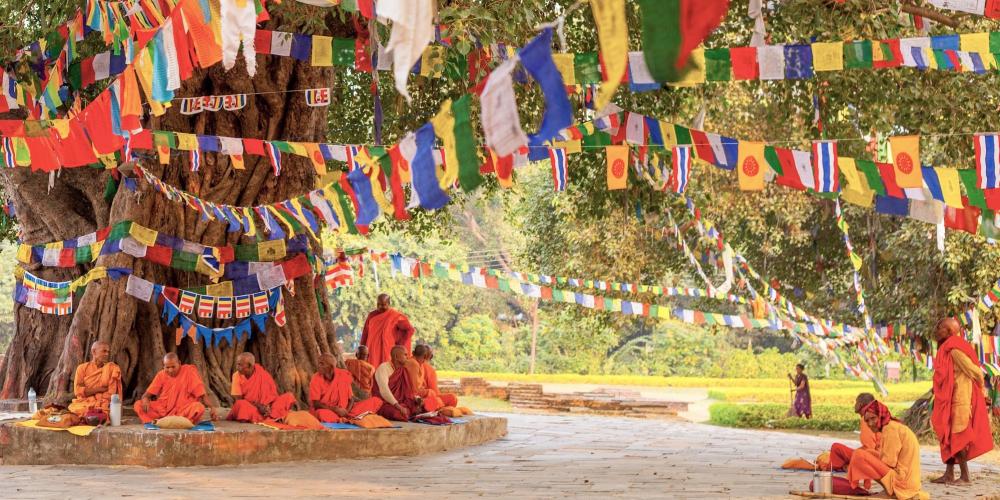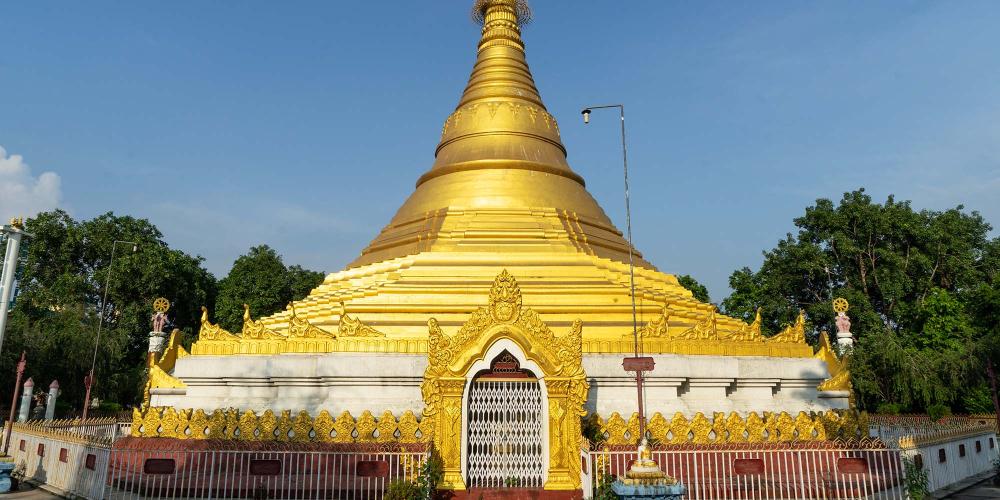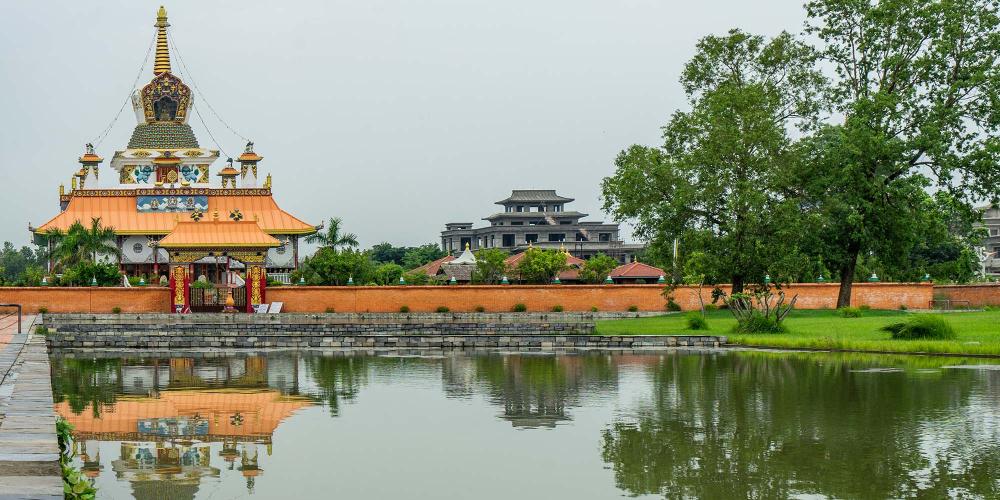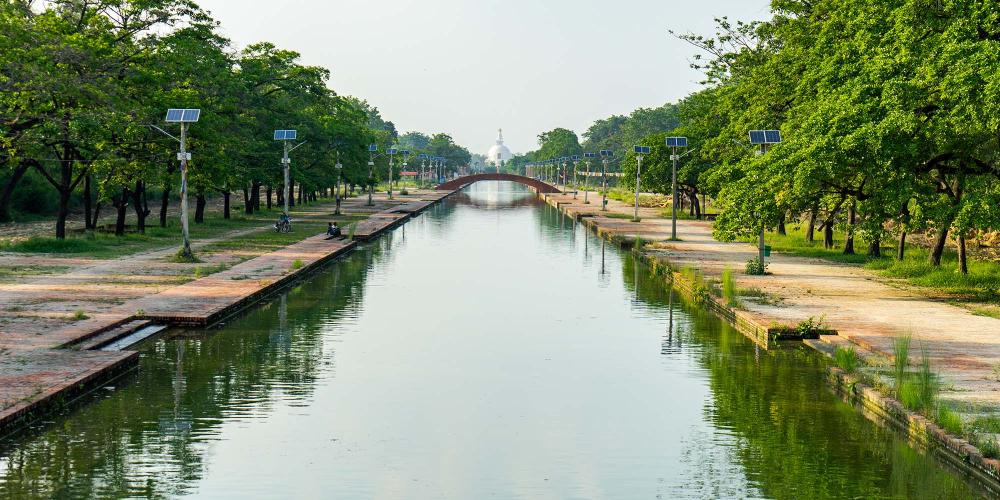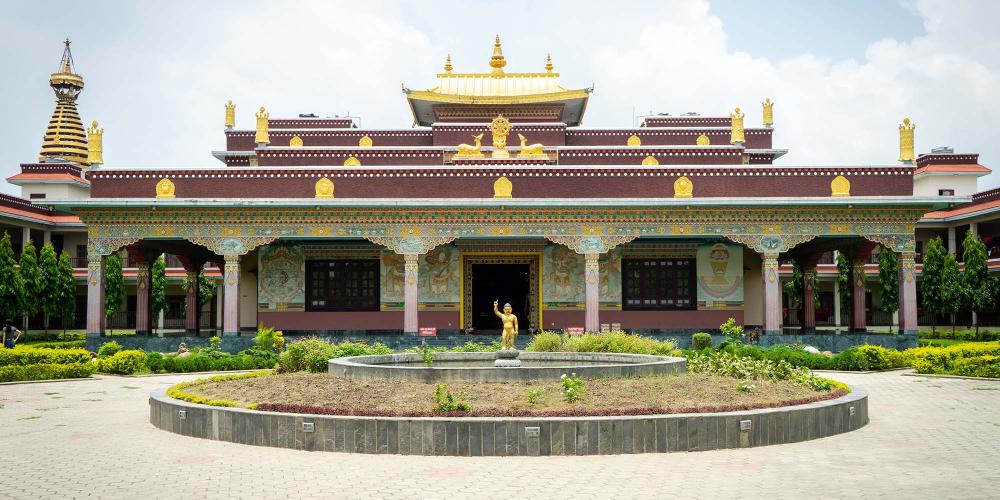Lumbini, the Birthplace of the Lord Buddha

In many ways, the story of Buddhism all begins in Lumbini, under a full moon more than 2600 years ago. It was on that night that Queen Mayadevi is said to have stopped here during her travels to give birth to a son, Prince Siddhartha, who would find enlightenment and become Buddha 35 years later.
Legend says Queen Mayadevi bathed in a pond and lay down under a sal tree in Lumbini Garden before the birth. Immediately after he was born, Prince Siddhartha walked seven steps to the north, looked around, and announced that there would be no more rebirth for him, signalling his destiny. He was then given a purification bath in the same pond his mother had bathed in.
The year was 623 BC and it was just the start of a long journey for Prince Siddhartha to become Buddha, and an even longer journey for the religion that would take his name. So, it’s no surprise that Lumbini has become one of the most revered places for Buddhists around the world.

For visitors, Lumbini is an incredibly spiritual place and the tranquillity of the site is felt the strongest in the Sacred Garden that surrounds the central Mayadevi Temple. A large water feature, said to be the same pond where Prince Siddhartha was given his purification bath, reflects the trees of the garden. Prayer flags hang from the branches and gently sway in the breeze as worshippers sit below in deep meditation. For pilgrims who have made the long journey to get here, this is the moment they have been travelling towards.

However, there is much more to Lumbini than just the central temple and garden. The site spreads out over a large area, where you’ll find more than 30 monasteries open to the public, meditation centres, peaceful natural areas, and landscaped parks.
Even further afield, in the area around the Lumbini, there are thousands of years of history to explore. You can walk in the footsteps of Buddha as you visit his childhood estate, see his mother’s city, and stand in the exact spot where he left home through a palace gate to begin his journey to enlightenment.
A Spiritual Pilgrimage
For pilgrims, Lumbini is one of the holiest places to visit. In fact, it is one of the four sacred sites that Buddha reportedly advised his disciples and followers to see for themselves. Rich and poor, healthy and sick, people come all year long from all across the world to realise this dream.
It is impossible to see the physical here without also thinking about the spiritual, for everything here is intrinsically linked to the story of Buddha and his teachings. His messages to his followers were strongly influenced by what he saw in this region while growing up, and the encounters he had with followers here after his enlightenment also helped shaped his legacy.
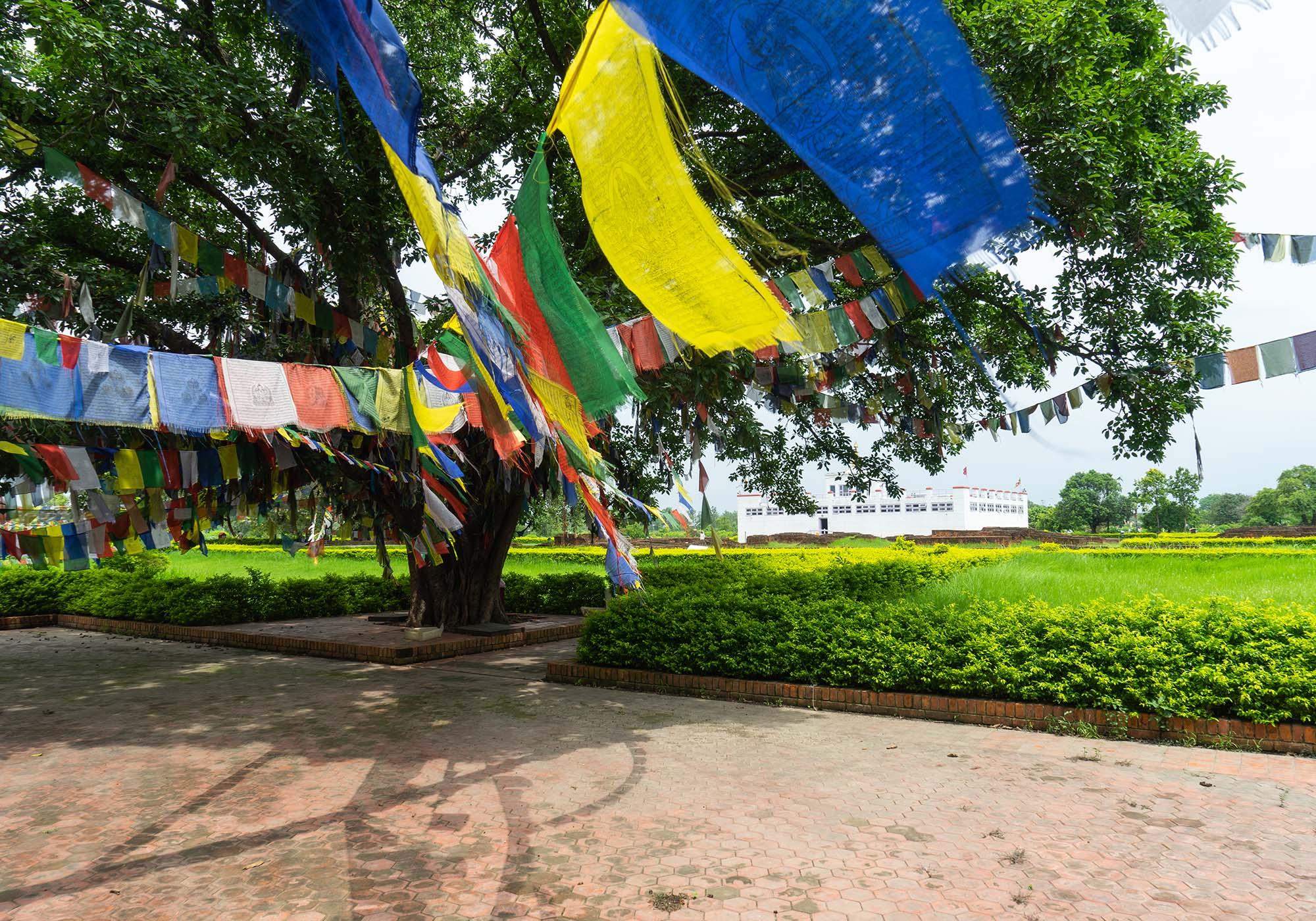
Regardless of faith, many visitors find it is the atmosphere of Lumbini that creates a special spiritual energy and serenity. It is not just a place from where the teachings of Buddha were influenced, but one where millions of people have come over the course of history to consider what they mean. Under trees, next to ponds, or in dedicated centres, pilgrims and monks will sit and meditate as part of their own inner journeys.
The Lumbini Master Plan
In 1978, a new design was unveiled that would create a better visitor experience at the site. Called ‘The Lumbini Master Plan’, it was the work of Japanese architect Kenzo Tange and was based on Buddhist symbolism of geometric shapes and the path to enlightenment. It’s what you’ll still see here today.

The layout is 4.8 kilometres (three miles) long and 1.6 kilometres (one mile) wide, aligned north to south. At the northern end is the first zone called the New Lumbini Village, where you’ll find the Peace Pagoda, Lumbini Museum, and shopping areas.
As you symbolically move from this area of ‘worldly activities’, you’ll go into the central area that represents knowledge and spiritual purification, called the Cultural and Monastic Zone. A central canal runs down the centre and on either side are large natural areas where the monasteries are based. Each monastery has been built by a particular country or organisation and, through their diverse architecture and art, they showcase different cultural and religious traditions.

The final area of the Lumbini Master Plan is the Sacred Garden, which represents enlightenment. It is here that visitors find the Mayadevi Temple, Sacred Pond, and Asoka Pillar.
The journey from one end to the other is more than just the passing of distance. It takes you through the evolution of Buddhist thought, showcases how the religion has been interpreted in different parts of the world, and sets you on a spiritual path of your own.
Greater Lumbini’s Historical Significance
Beyond the religious significance, Lumbini is also considered to be of huge historical importance. At the time of Buddha’s birth, this land was covered by small kingdoms, each connected to the other – and each ultimately connected to the life of Buddha.
It is worth taking the time to visit the archaeological sites in Lumbini and the surrounding area to get a deeper understanding of the early years of Buddha’s life and the world that he lived in. His story is interrelated to events that occurred in these places and now, thanks to restoration work, you can see them for yourself.
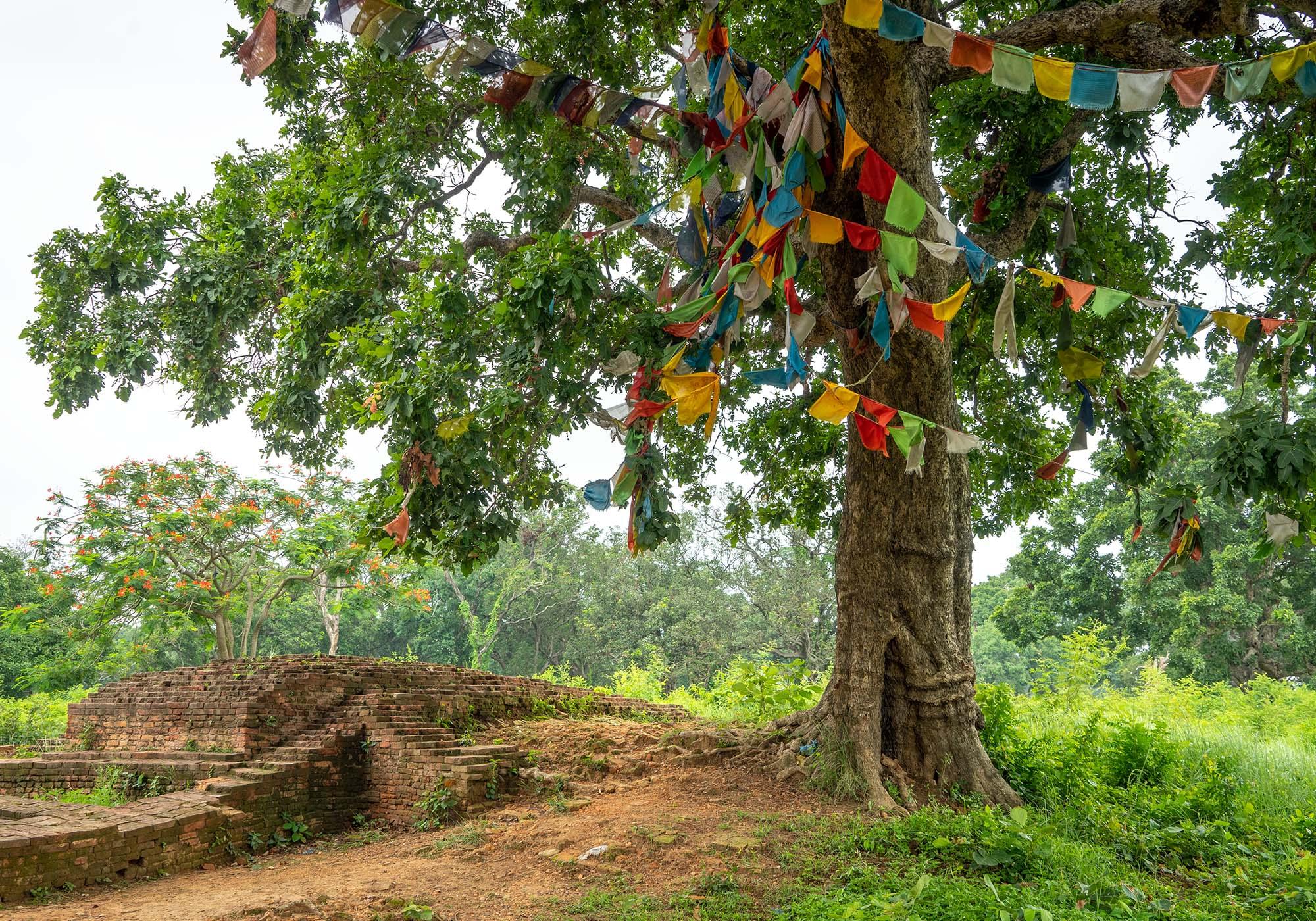
One of the largest archaeological projects has uncovered the Ancient City of Kapilavastu, about 30 kilometres (18.5 miles) from Lumbini. It was a grand capital city where Prince Siddhartha grew up and lived until he was 29 years old. Here, you can get a sense of how he lived in luxury until he cast aside material possessions in search for something more meaningful.
At the archaeological site of Kudan, there are several stupas that were built to commemorate important events that took place here with Buddha. The most significant was when, seven years after he found enlightenment, he returned and met with his father King Suddhodhana. It is also the place that his son, Rahula, was ordained when he was eight years old.
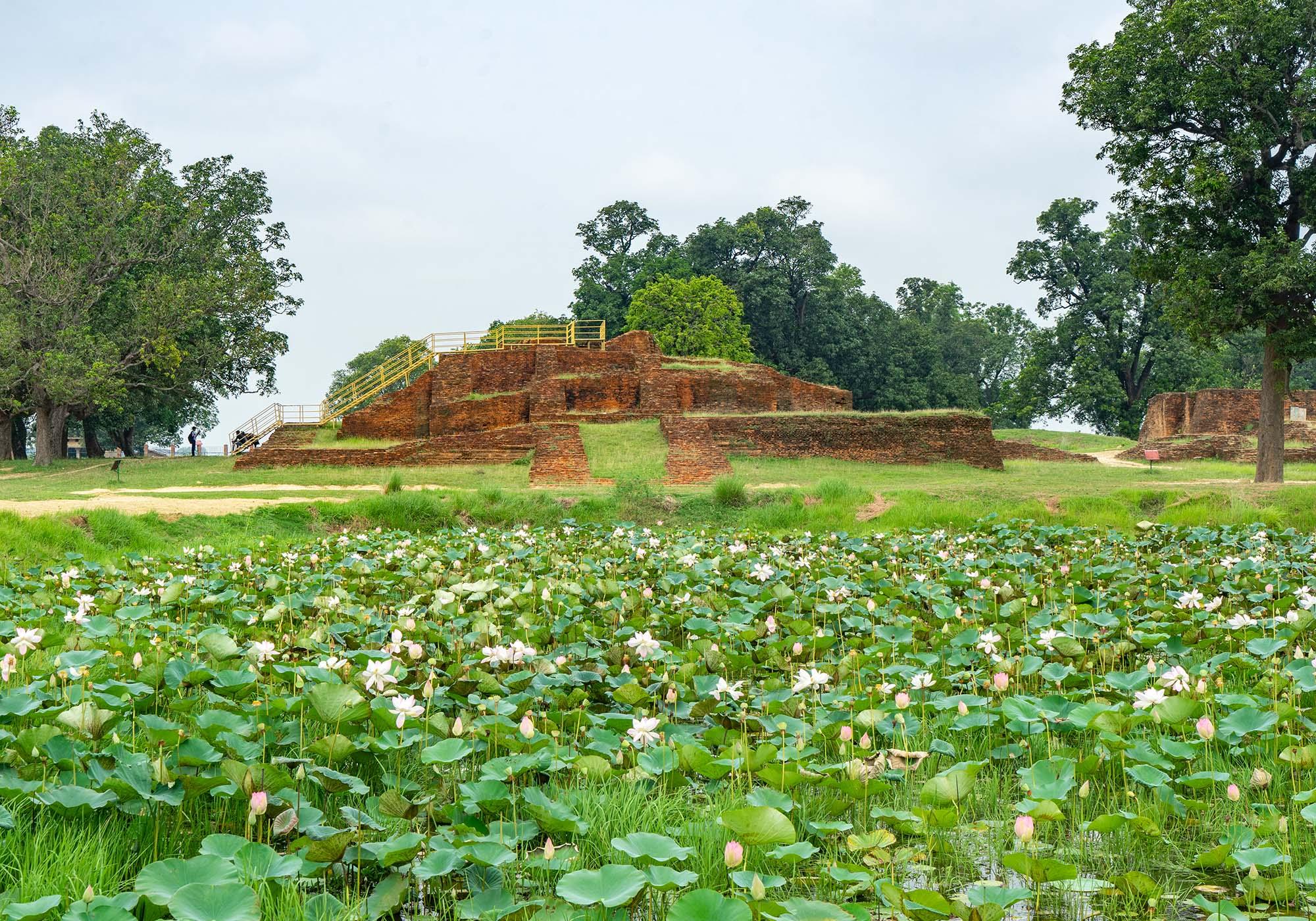
And a lot of archaeological work has also taken place at the ancient city of Devadaha, about 57 kilometres (35 miles) from Lumbini. This was the hometown of Buddha’s mother, Queen Mayadevi, and the place she was travelling to when she stopped to give birth. Numerous monuments have been constructed in her honour throughout history and many of them have since been uncovered here.
Sights and Attractions recommended by the locals
Lumbini, the Birthplace of the Lord Buddha
Open daily 6am-6pm
Foreigner: Rs 200
SAARC resident: Rs 100
